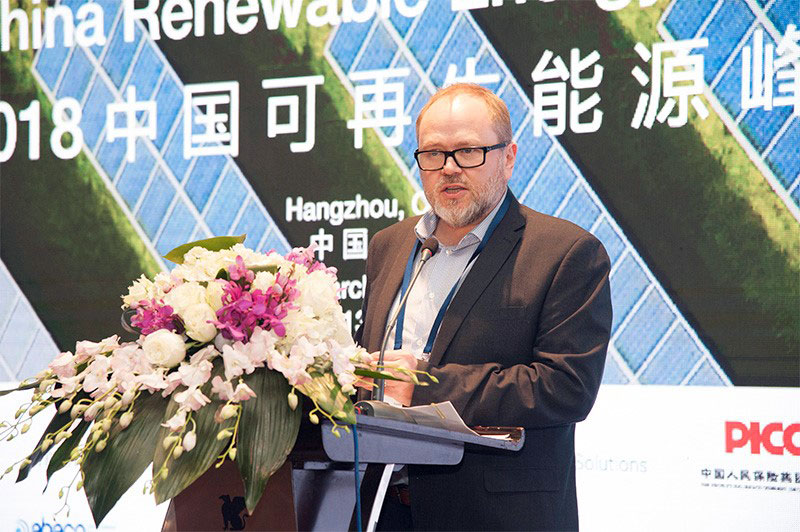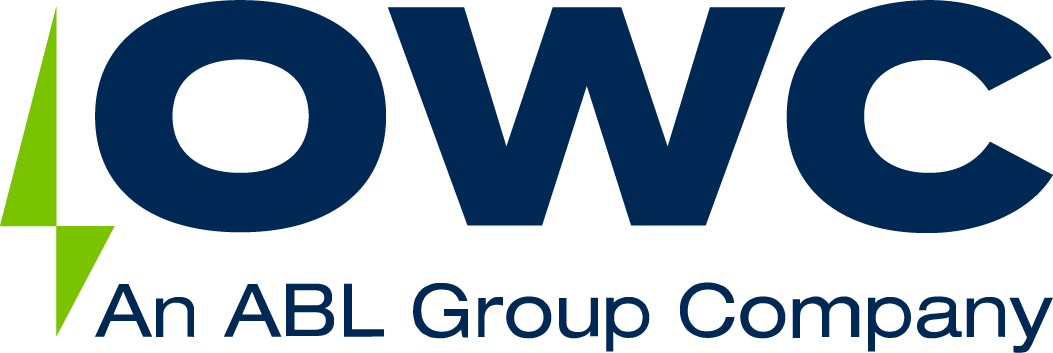Global offshore wind supply chains and local content
It was recently reported that countries are lining up for wind turbine manufacturing plants to increase local content in their domestic markets. Siemens Energy AG expressed fear about global supply chains being balanced with bringing local content. Does this precede possible bottlenecks in supply and so act as a drag on offshore wind deployment targets?

Our John MacAskill authored a Op-Ed for Energy Voice to answer the above question.
There are certainly more drivers for market specific plants; pure demand, post-pandemic green growth, moving jobs from the brown side to the green side of the transition and rising nationalism and push back against globalism, both political and due to the pandemic’s impact on global supply chains. These are strong drivers, but looking at offshore wind, not every market will or can get it’s wind turbine plant.
There are a number of factors that will dictate whether a foundation is laid or not at a new wind turbine factory.
Wider Regional Market View
The OEMs will make these investment decisions not necessarily on an individual country basis, but often with a view of the wider regional market. You only build a factory once and that then also becomes part of the regional capacity for the OEM or major component supplier. Most offshore wind markets outside China are served by the 3 main OEMs, Vestas, GE and SGRE – in an ideal world for a developer all three are able to compete on equal terms to ensure a competitive procurement process.
But what happens when a market that demands local content ends up attracting an WTG assembly/manufacturing plant that can supply say 55% of that market? If the remaining 45% of demand does not warrant a factory and there are local content rules that a developer has to apply to, how competitive will those turbine procurement processes be especially with global procurement-driven developers?
ScotWind
One example of this close to home is that it is unlikely that 10GW of a pipeline in Scotland with ScotWind leasing round would be enough to warrant Vestas building a blade facility as they would forecast that their market share would be satisfied from their Isle of Wight facility.
It is not inconceivable to surmise that in some markets, with an appropriate pipeline and route to market, but can only really support one plant, that market may end up being dominated by that OEM if they benefit from local content rules, as would the developers who secure the production slots for their projects. In countries such as the US that will eventually support a number of plants, we will see a competitive environment as we do in the EU and markets surrounding the North and Irish Sea.
Vulnerable Supply Chains
All that assumes that the wind turbine OEM’s can supply what they commit to. OEMs are heavily reliant on their Tier 1 and 2 suppliers, depending on the wind turbine they tend to be blades, towers, direct drive generators, bearings and converters. During 2020, the impact to supply chains due to the pandemic was highest on blades, followed by direct drive generators, this has shown to everyone that global, especially just-in-time, supply chains are very vulnerable to disruption. They are fragile.
Just because an OEM sites a manufacturing plant in a specific country, it is still exceedingly likely most of the major components will be sourced through their existing global supply chain out with that country and their capacities to deliver has to be considered.
We also must factor in the raw materials needed for the likes of the direct drive generators. Rare earth metals currently power the energy transition, from renewables to electric vehicles. At this time China dominates, producing 85% of the world’s rare earths refined products last year, and the energy transition’s need accounts for about 29% of total global demand. This raises several issues that could impact supply and so the supply of offshore wind turbines.
Firstly, the geo-political aspect of such domination is a core element driven by China. This position and likely a very centralised control, gives China the means to decide the price and at the extreme end supply. The US, EU and others know this and are looking at alternative sources. But these will take time to come available due to the huge demand for new capital investment – estimated to be $35trn over the next decade, but also hindered by consenting and long development cycles as well as some hesitancy on possible returns by global mining companies.
Other aspects to this equation will be additional competition to the ‘big three’ of Vestas, Siemens Gamesa and GE. This will come from two places. Country based OEMs such as Hitachi in Japan or Doosan in Korea, both without the track record of turbine size to compete outside their own markets where they can pick up orders on the back of being a domestic player. The one to watch will be Chinese OEMs such as MingYang who have a developing track record, larger turbines and an appetite for the international market.
Local Supply Crunches
Combine the real-world risks that OEMs must deal with, with the basic desire to increase margins. OEMs are being squeezed by input costs, while the developers chase cheaper turbines to take part in ever more competitive auction style processes around the globe. These OEMs have shareholders to answer to and that means they need to grow, but also improve the profit margins they are currently suffering.
So, I would expect OEMs not to be ultra-bullish at placing factories while they balance their supply chain risks and look to improve their profitability. While I do not foresee any globally dramatic supply crunches, there are risks, and I could see some developers in markets that OEMs view as less favourable or a priority, finding it more challenging to run competitive turbine procurement processes and so run into supply and or pricing issues.
The full Op-Ed article is linked here.
